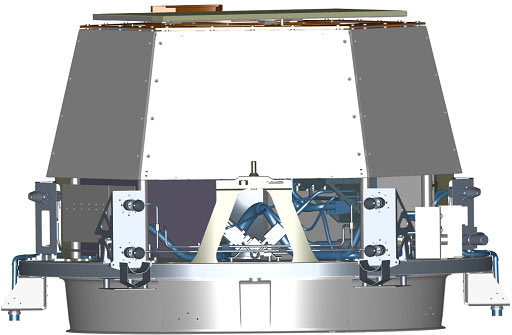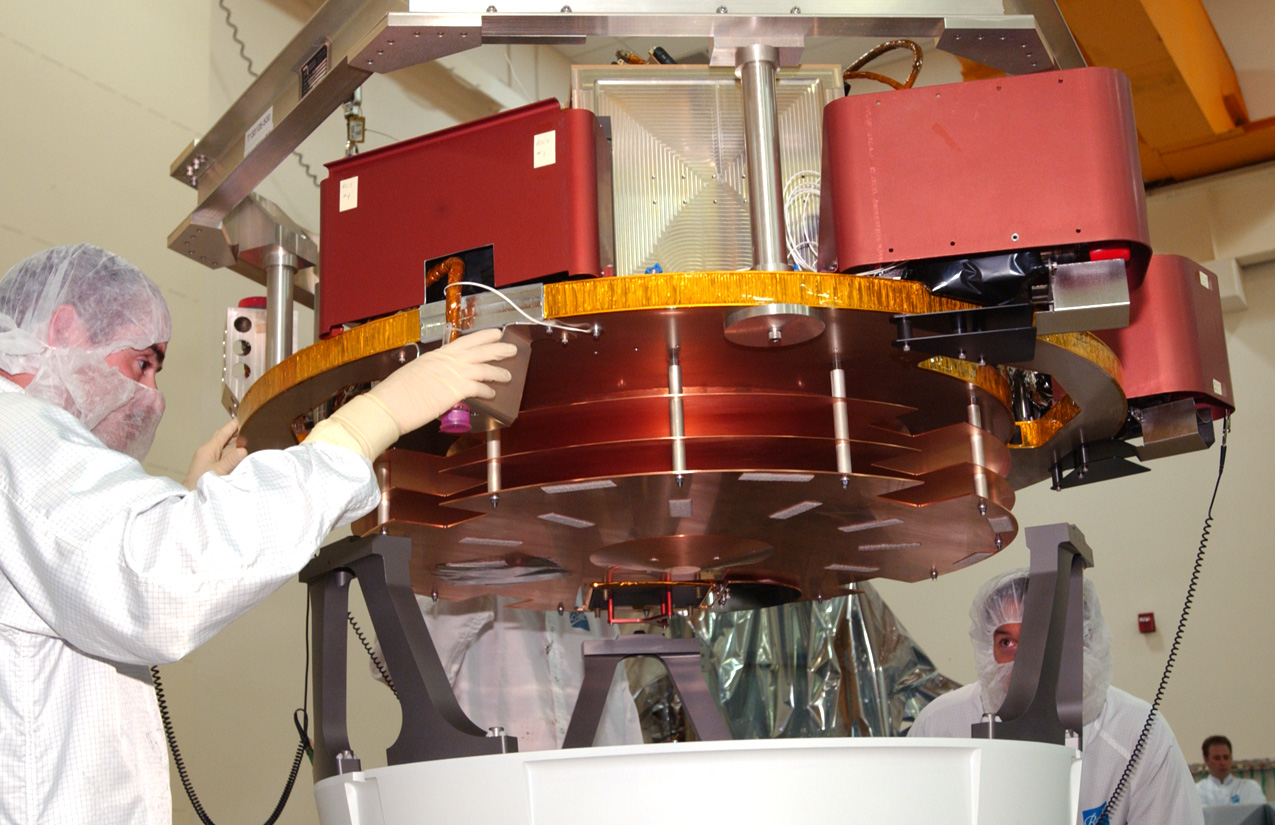The impactor separates from the flyby spacecraft 24 hours before it impacts the surface of Tempel 1's nucleus. The impactor delivers 19 Gigajoules (that's 4.8 tons of TNT) of kinetic energy to excavate the crater. This kinetic energy is generated by the combination of the mass of the impactor (370 kg; 816 lbs) and its velocity when it impacts (~10.2 km/s). Targeting and hitting the comet in a lit area is one of the mission's greatest challenges since the impactor will be traveling at 10 km per second and it must hit an area less than 6 km (3.7 miles) in diameter from about 864,000 km (536,865 miles) away. To accomplish this feat, the impactor uses a high-precision star tracker, the Impactor Target Sensor (ITS), and Auto-Navigation algorithms (developed by Jet Propulsion Laboratory for the DS-1 mission) to guide it to the target. Minor trajectory corrections and attitude control are available by using the impactor's small hydrazine propulsion system.

The impactor is made primarily of copper (49%) as opposed to aluminum (24%) because it minimizes corruption of spectral emission lines that are used to analyze the nucleus.

View of the impactor with the subsystems.
The impactor is mechanically and electrically attached to the flyby spacecraft for all but the last 24 hours of the mission. Only during the last 24 hours does the impactor run on internal battery power. The propulsion system uses hydrazine that can provide 25 m/s of delta-V for targeting.
| System Requirement Specifications for the Impactor | |
| Image Data Volume: | Approximately 17 Mbytes (about 35 images) total |
| Pointing Accuracy: | 2 mrad 3-sigma (targeting sensor boresight orientation) |
| Pointing Knowledge: | 150 microradian 3 axes 3-sigma |
| Targeting Accuracy: | 300 m 3-sigma WRT nucleus center of brightness |
| Telecom Band: | S-Band |
| Data Rate to S/C: | 64 Kbps @ max range (8,700 km) |
| Command Rate: | 16 Kbps |
| Energy Storage: | 2.8 Kw-hr for baseline 24 hr mission |
| Propulsion/RCS: | 25 m/s divert; 1750 N-s RCS impulse |











